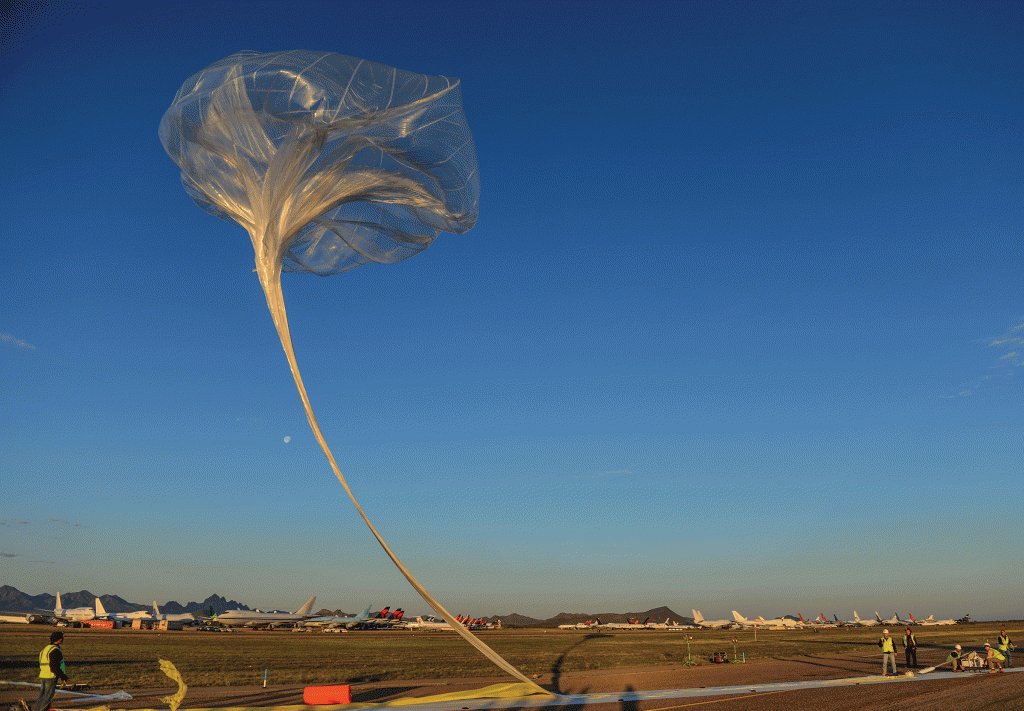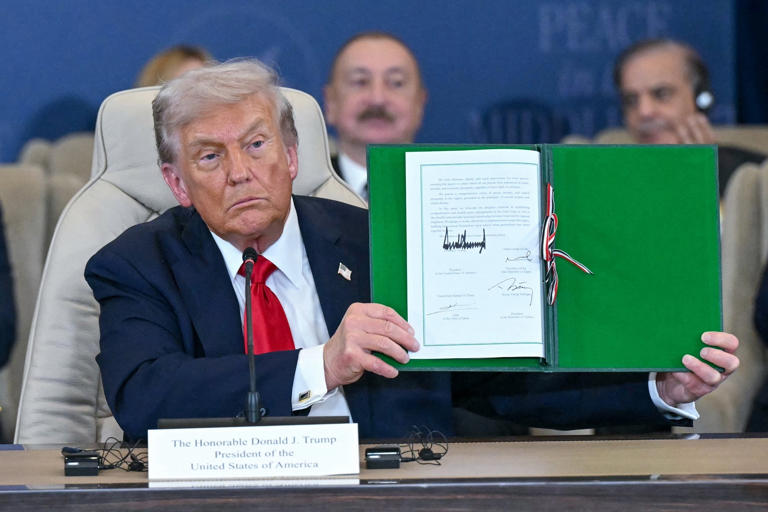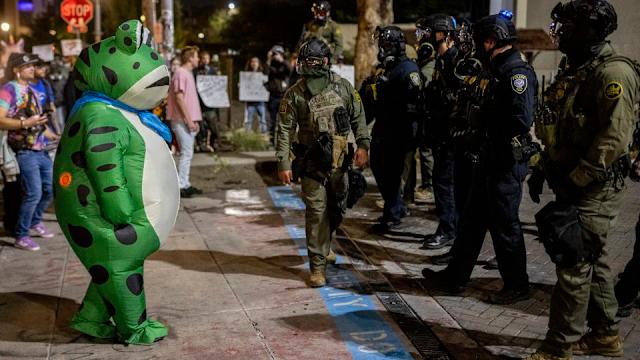If you had the chance to visit near space, would you? This is the main idea behind the NASA payload launch.
By 2016, NASA hopes to be ready to send people on a “voyage to the edge of space” by way of balloon, known as Voyager Flights. Now, they are currently sending up payloads, something that Gannon University was able to take part in. Jennifer Hu, a junior pre-med major, has been working on the project with Nicholas Conklin, Ph. D., an assistant professor of the physics department.
Hu said that she recieved an email inviting students to put their name on a research grant application.
It’s been two years now since she was put on the project that would eventually send a device to measure characteristics of cosmic rays.
On March 8, in Tucson, Ariz., the 20 students and three faculty members who dedicated a lot of time to this project got to see all of their hard work pay off.
Arizona-based World View sent up a 331,000 cubic-foot helium balloon. The balloon, and its payload reached a height of 105,000 feet (32 kilometers) for an hour and 46 minutes of its four-hour journey. This is an altitude known as “near-space.”
“It is really hard to work on a project for so long and kind of feel like you’re working towards an imaginary goal of flight,” Hu said. “Ironically, the flight date came speeding at us, and the team would come in weekends. Dr. Conklin would stay late into the morning with Daniel Winge in order to get the payload ready.
“I think there was a slight feeling of relief, in addition to the joy, of watching so much hard work finally reach its goal.”
Although she was excited and grateful to get to work on such an amazing project, she will most likely not be heading up into space.
The World View team has been using technology that, last year, sent Google executive Alan Eustache up beyond the clouds for his 136,000 foot-parachute dive. The payloads on March 8 came down safely in the larger scale version of what would be used to send people up for the Voyager Flights.
World View’s chief scientist, Alan Stern, told NBC news that these flights are about “10 times cheaper than sending a rocket.” Stern says that these balloon apparatuses can openup a whole new frontier for space entrepreneurs as well, since research needs more access to this area of “near space.”
Stern has said that dozens of people have already signed up for World View’s Voyager Flights, which would carry balloon riders in a pressurized capsule to an altitude of 100,000 feet for $75,000.
It’s not space, but that sense of weightlessness and the astronaut’s view of Earth might just be enough for now.
When asked if she would go up in one of these Voyager Flight, Jennifer Hu was very honest: “I’m terrified of heights and would like to stay on the ground. Also, it is very cold up there!”
Captain Kirk says that space is the final frontier, so, if you got the chance — and had $75,000 just laying around — would you head up to “near space” in a balloon?
KAYLA VILLANO








